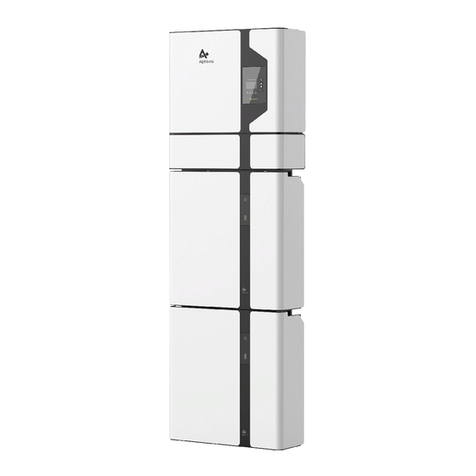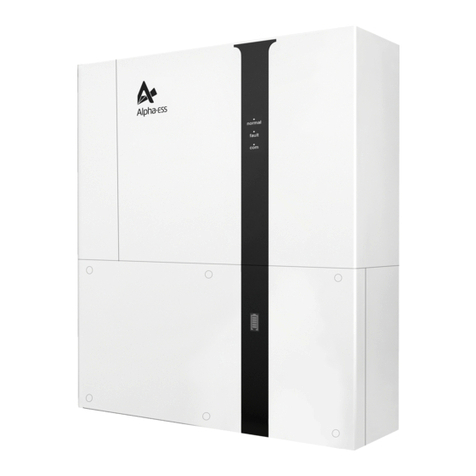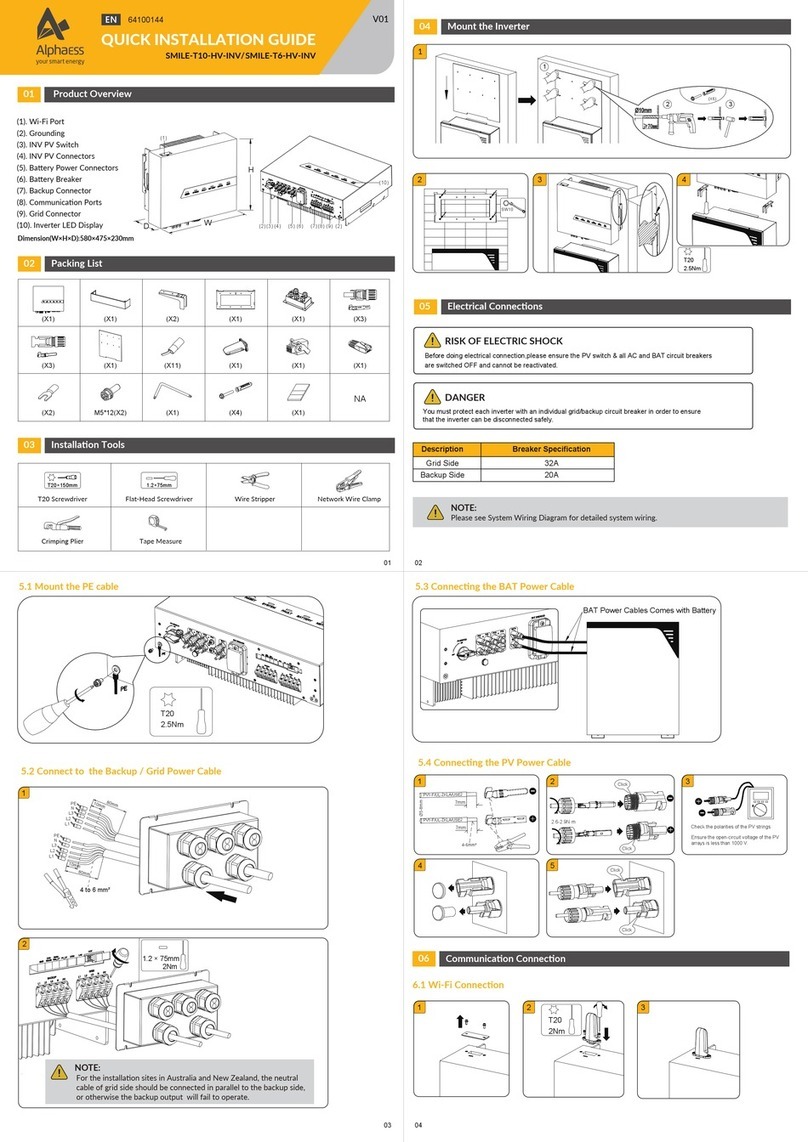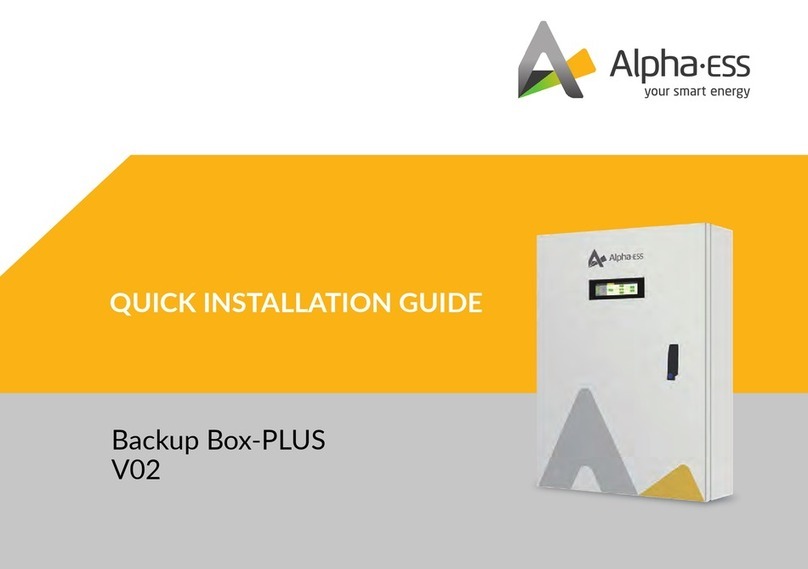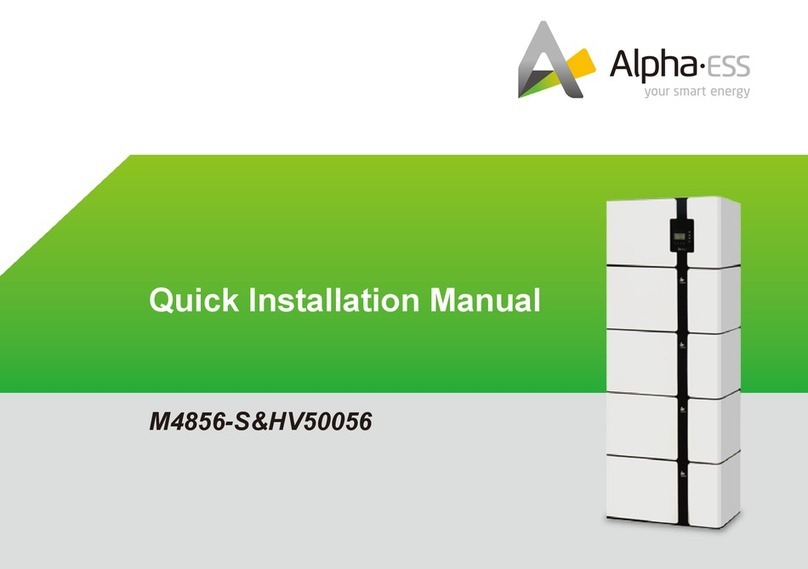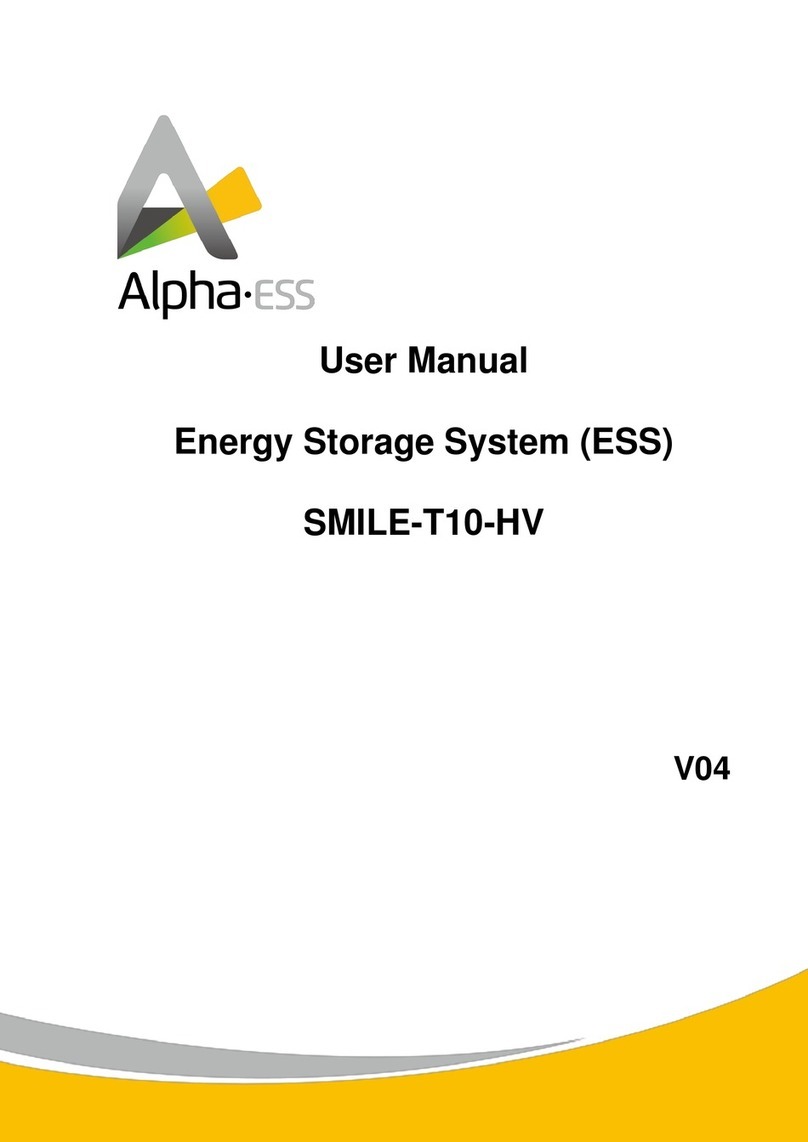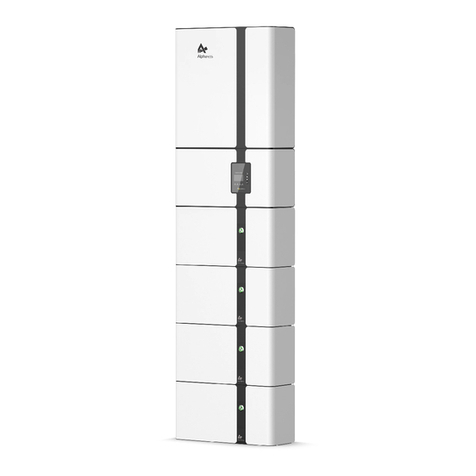4.6.6 Wiring of terminal strips....................................................................................................................................16
4.7 Check after installation..............................................................................................................................................17
Chapter V Commissioning and Operation.................................................... 18
5.1 Operation state............................................................................................................................................................18
5.1.1 Automatic startup................................................................................................................................................19
5.2 Startup and shutdown...............................................................................................................................................19
5.2.1 Check before startup ..........................................................................................................................................19
5.2.2 Startup steps.........................................................................................................................................................20
5.2.3 Shutdown steps....................................................................................................................................................20
5.2.4 Emergency shutdown.........................................................................................................................................20
Chapter VI Operation Control Display Panel.................................................. 22
6.1 Operation instructions ..........................................................................................................................................................22
6.1.1 Main interface of monitoring startup...................................................................................................................22
6.1.2 Interface of main wiring diagram ..........................................................................................................................22
6.1.3 Login interface............................................................................................................................................................23
6.1.4 System information interface..................................................................................................................................23
6.1.5 Interface of event records........................................................................................................................................24
6.2 Setting information................................................................................................................................................................24
6.2.1 Monitoring parameter interface.............................................................................................................................24
6.2.2 System parameter interface ....................................................................................................................................25
6.2.3AC parameter interface..............................................................................................................................................25
6.2.4DC parameter interface .............................................................................................................................................26
6.2.5Parameter diagnosis interface .................................................................................................................................27
6.2.6Local strategy interface..............................................................................................................................................28
6.2.7Control state interface ...............................................................................................................................................28
6.2.8Startup and shutdown interface..............................................................................................................................29
Chapter VII Communication Mode .......................................................... 30
7.1Communication interface ......................................................................................................................................................30
7.1.1RS485 serial port .........................................................................................................................................................30
7.1.2Ethernet port................................................................................................................................................................31
7.1.3Communication with BMS ........................................................................................................................................32
7.2 Monitoring system structure ...............................................................................................................................................32
Chapter VIII Maintenane and Preservation ................................................... 34
8.1Operation environment requirements ...............................................................................................................................34
8.2Electrical and fixed connection inspection........................................................................................................................34
8.3Clearing and cleaning.............................................................................................................................................................34
Appendixes................................................................................ 35
Appendix 1: Fault information of Bi-directional Hybrid Storage Inverter.......................................................................35
Appendix 2: Quality assurance and after-sales service .......................................................................................................35
Installation Records ........................................................................ 37
